In the following figure, ABCD is parallelogram and BC is produced to a point Q such that AD = CQ. If AQ intersect AD = CQ. If AQ intersect DC at P, Show that ar (BPC) = ar (DPQ) Solution in Kannada
The correct Answer is:ti⟩DPQ
Step by step video, text & image solution for In the following figure, ABCD is parallelogram and BC is produced to a point Q such that AD = CQ. If AQ intersect AD = CQ. If AQ intersect DC at P, Show that ar (BPC) = ar (DPQ) by Maths experts to help you in doubts & scoring excellent marks in Class 9 exams.
Updated on:21/07/2023Topper's Solved these Questions
Similar Questions
In the Given figure, E is any point on median AD of a △ABC Show that ar (ABE) = ar (ACE)
View SolutionProve that the line of centres of two intersecting circles subtends equal angles at the two point of intersection.
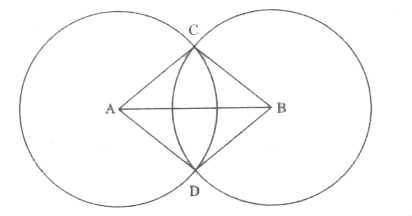
View SolutionIn a trapezium ABCD,P and Q are points on AD and Bc respectively such that (DP)/(AP)=(CQ)/(BQ)=(1)/(3) .If the diagonal BD intersects PQ at E,find the ratio of ar DeltaDPE toarea of trapezium ABCD.
View SolutionP और Q क्रमश : समांतर चतुर्भुज ABCD कि भुजाओ में DC और AD पर स्थित बिंदु है । दर्शाइए कि ar(APB)=ar(BQC) है |
View Solutionआकृति में, ABCD एक समांतर चतुर्भुज हैं और BC को एक बिंदु Q तक इस प्रकार बढ़ाया गया हैं कि AD=CQ हैं । यदि AQ भुजा DC को P पर प्रतिच्छेद करती हैं , तो दर्शाइए कि ar(BPC)=ar(DPQ) हैं |
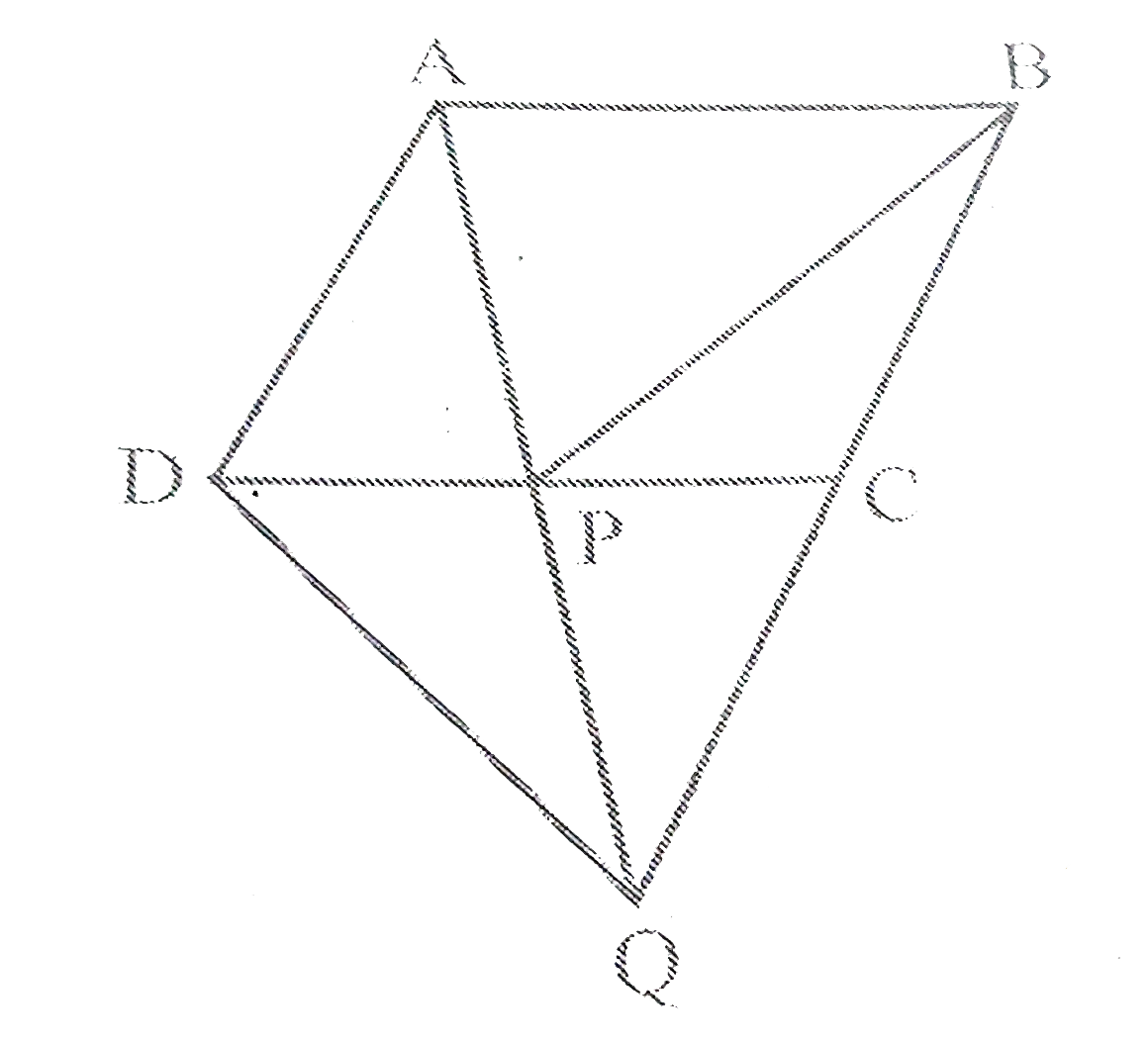
View SolutionP और Q क्रमशः समांतर चतुर्भुज ABCD की भुजाओं DC और AD पर बिन्दु है। दर्शाइए कि ar (APB) = ar (BQC) है।
View Solutionआकृति में ABCD एक समांतर चतुर्भुज है और BC को एक बिन्दु Q तक इस प्रकार बढ़ाया गया है कि AD=CQ है। यदि AQ भुजा DC को P पर प्रतिच्छेद करती है तो दर्शाइए कि ar (BPC) = ar (DPQ) है।
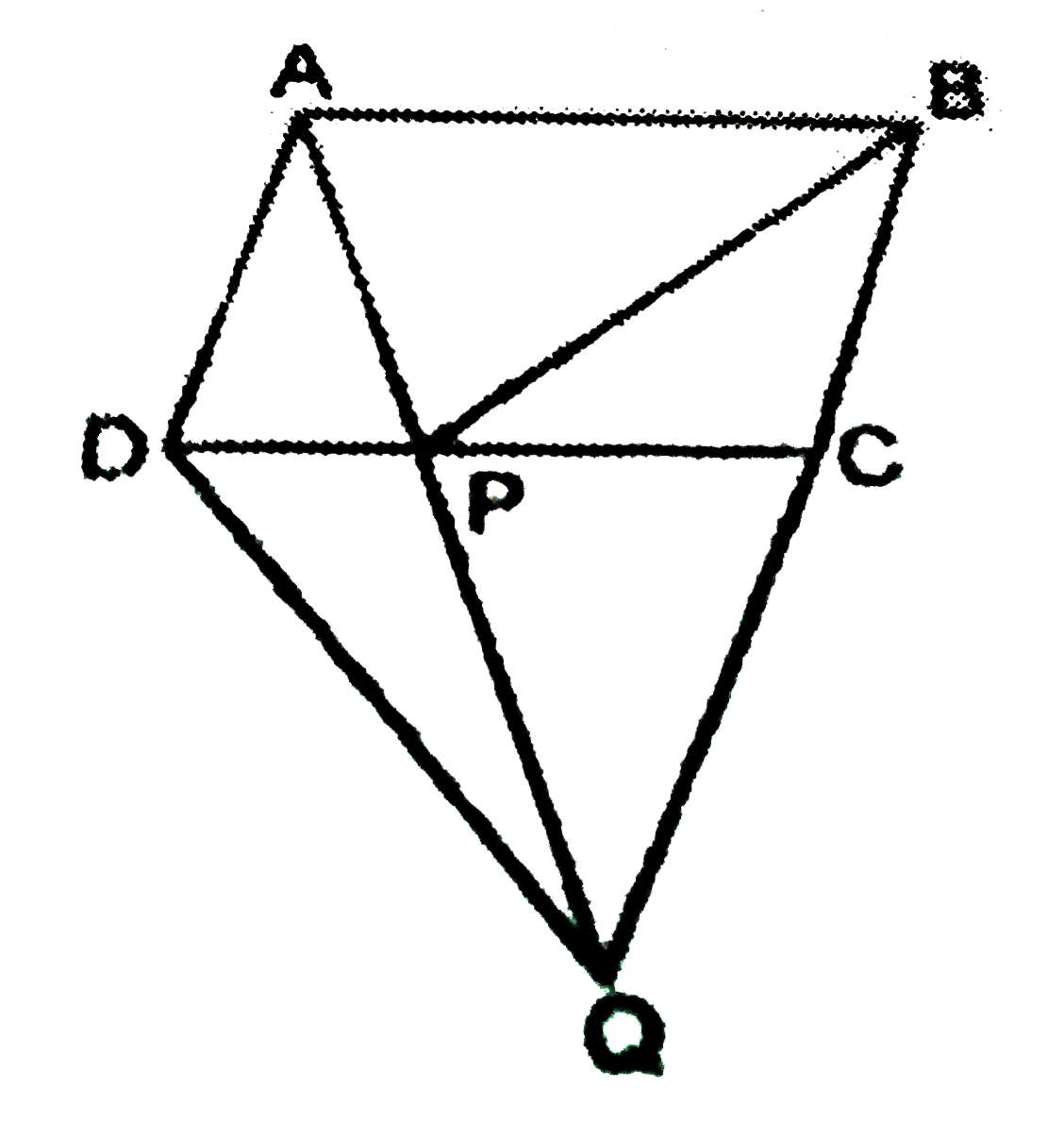
View Solutionदिए गए चित्र में, ABCD एक समांतर चतुर्भुज है और BC को एक बिंदु Q तक इस प्रकार बढ़ाया गया है की AD = CQ है|यदि AQ भुजा DC को P पर प्रतिच्छेद करती है, तो दर्शाइए की ar(BPC)=ar(DPQ)
View SolutionP और Q किसी समांतर चतुर्भुज ABCD की भुजाओं DC तथा AD पर स्थित दो बिंदु है |दिखाएँ की ar(ΔAPB)=ar(ΔBQC)
View SolutionP and Q are any two points lying on the sides DC and AD respectively of a parallelogram ABCD. Show that ar (APB) = ar (BQC).
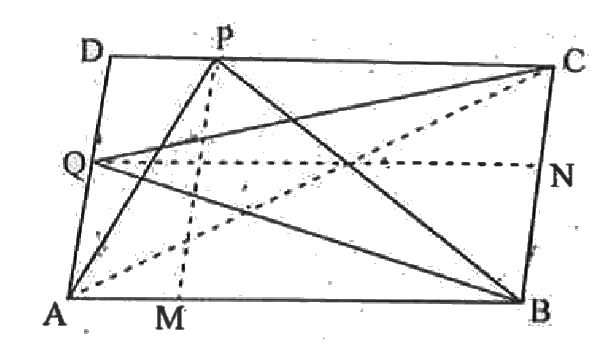
View SolutionP and Q are any two points lying on the sides DC and AD respectively of a parallelogram , ABCD . Show that ar(APB) = ar (BQC)
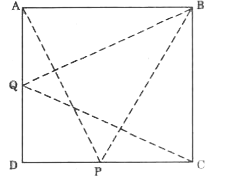
View SolutionP and Q are any two points lying on the sides DC and AD respectively of a parallelogram ABCD show that ar(ΔAPB)=arΔ(BQC)
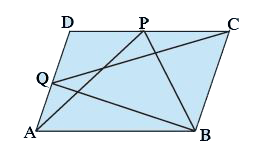
View SolutionABCD is a parallelogram and BC is extended to Q in such a way that AD=CQ is. If the AQ arm intersects DC at P, then show that ar(BPC)=ar(DPQ)
View SolutionP and Q are any two points lying on the sides DC and AD respectively of a parallelogram ABCD. Show that ar (APB) = ar (BQC).
View Solutionਆਕ੍ਰਿਤੀ 9.32 ਵਿਚ, ABCD ਇਕ ਸਮਾਂਤਰ ਚਤੁਰਭੁਜ ਹੈ ਅਤੇ BC ਨੂੰ ਇਕ ਬਿੰਦੂ Q ਤੱਕ ਇਸ ਤਰ੍ਹਾਂ ਵਧਾਇਆ ਹੈ ਕਿ AD = CQ ਹੈ।ਜੇਕਰ AQ ਭੁਜਾ DC ਨੂੰ P ਉੱਤੇ ਕੱਟਦੀ ਹੈ ਤਾਂ ਦਰਸਾਓ ਕਿ ar (BPC) = ar (DPQ) ਹੈ। [ਸੰਕੇਤ:AC ਨੂੰ ਮਿਲਾਓ।]

View Solution
